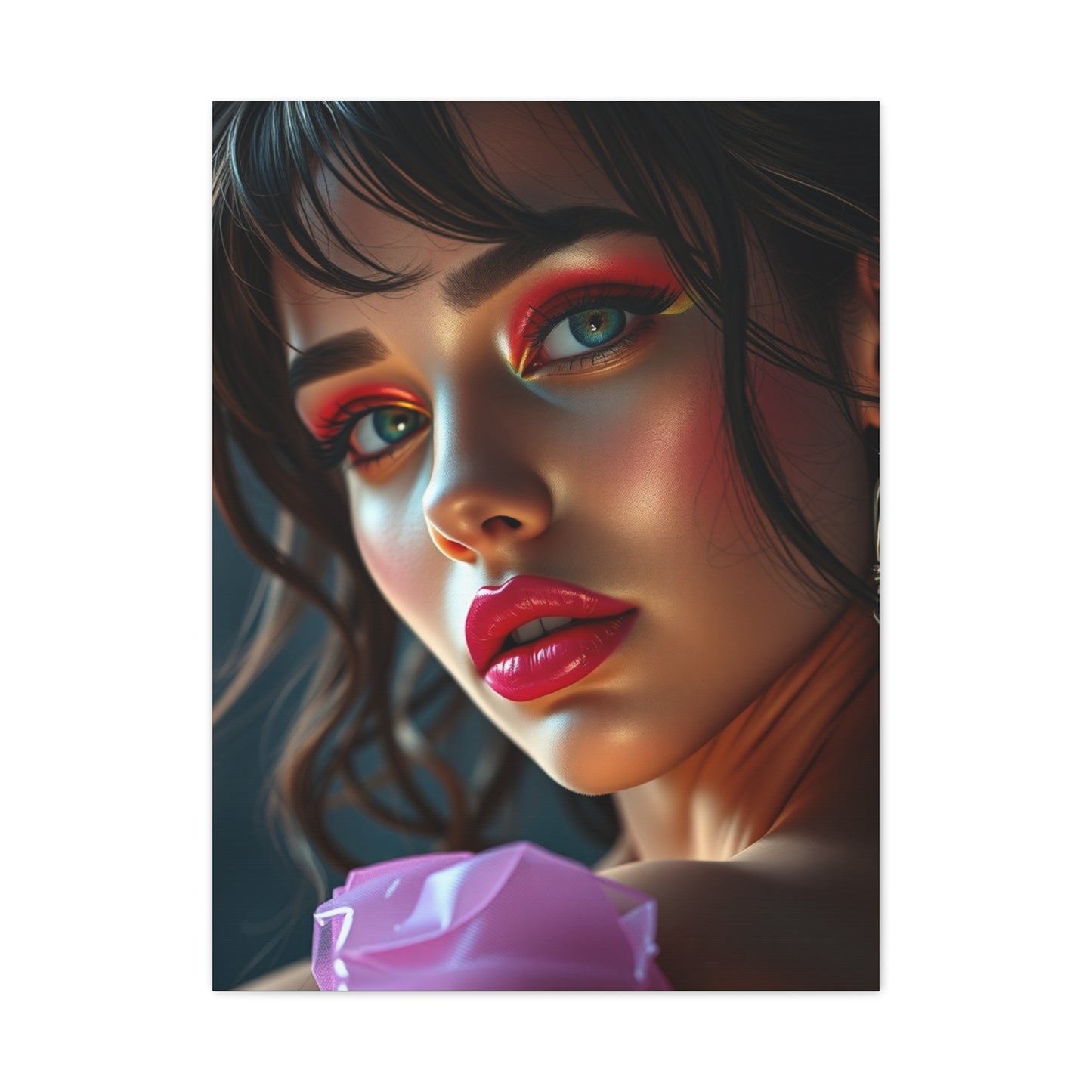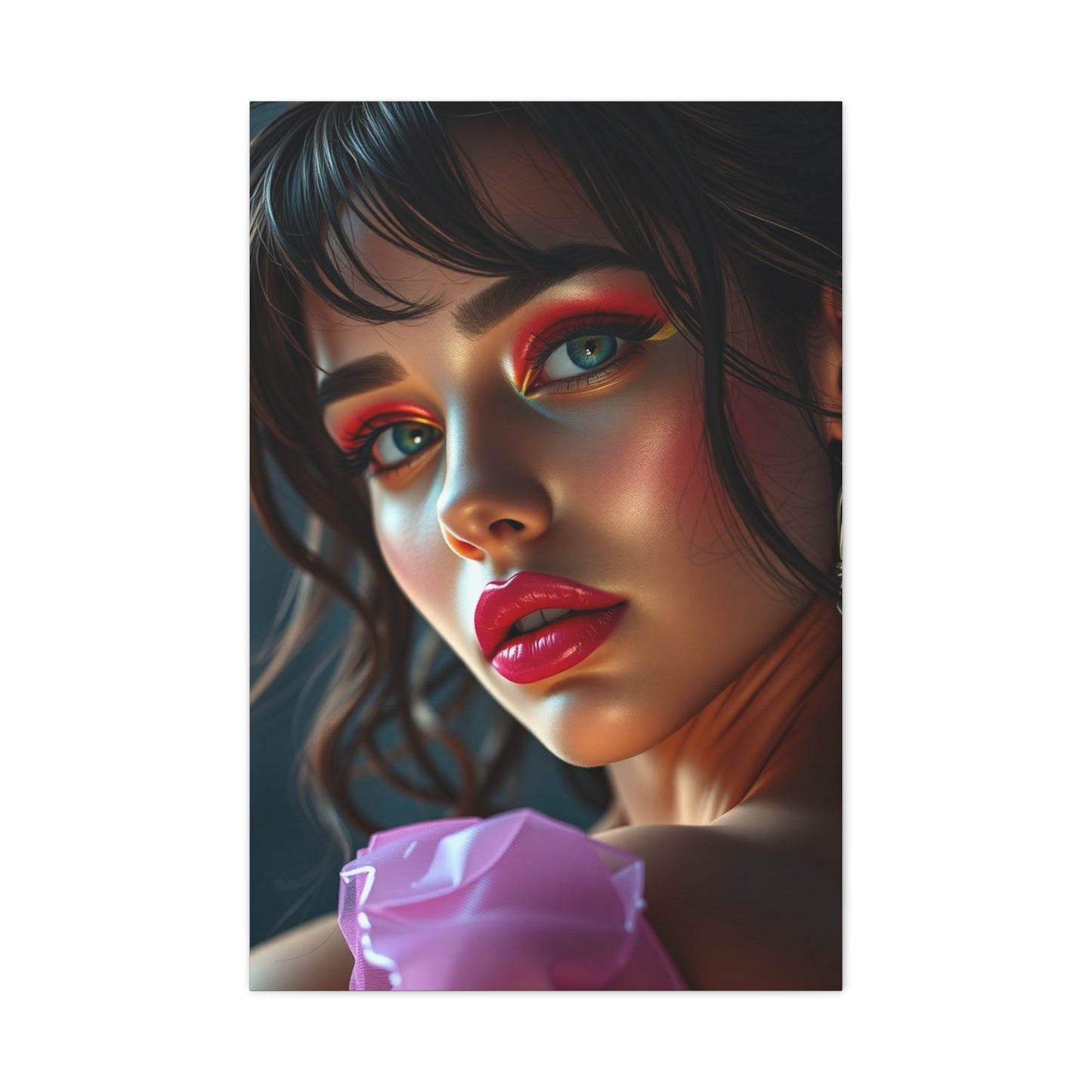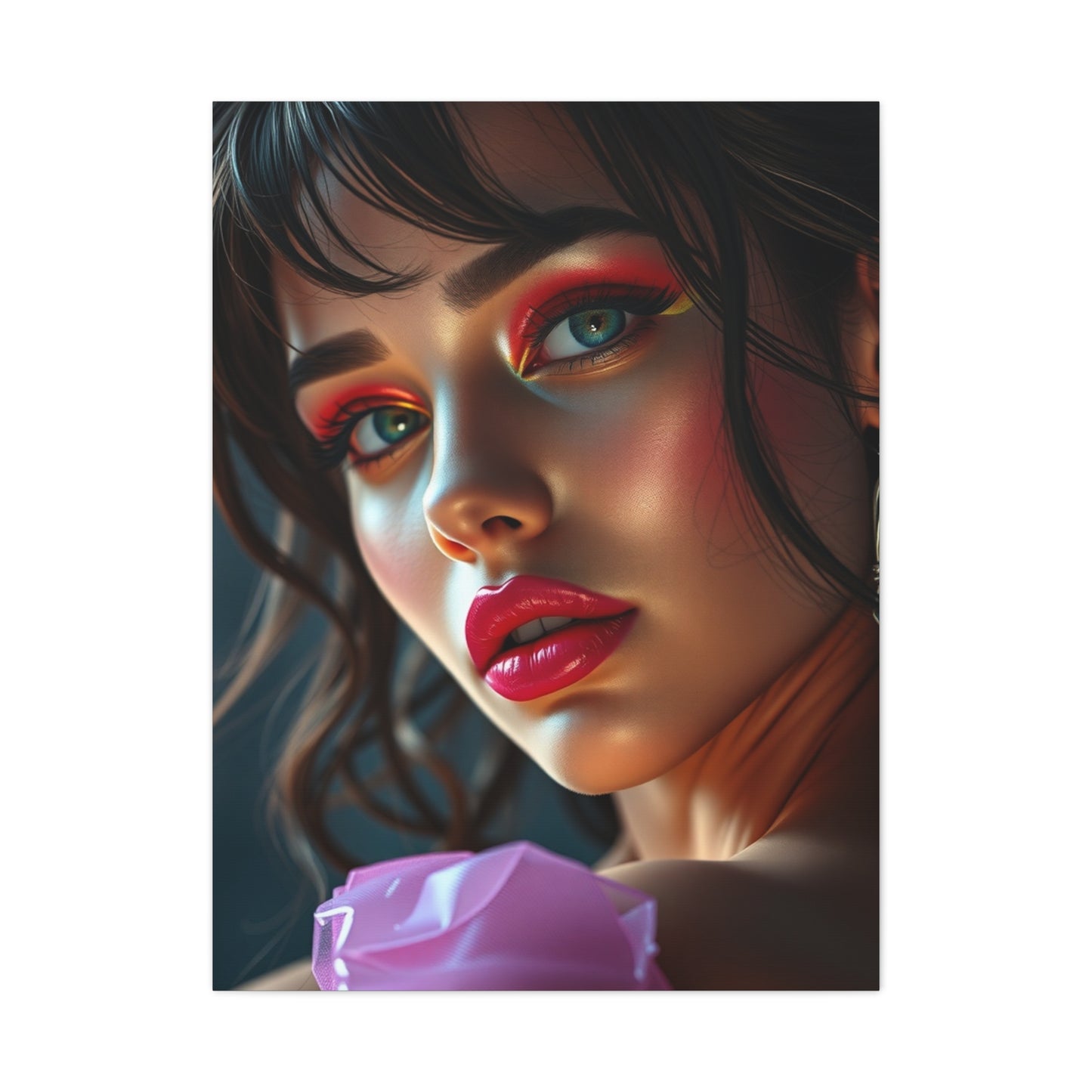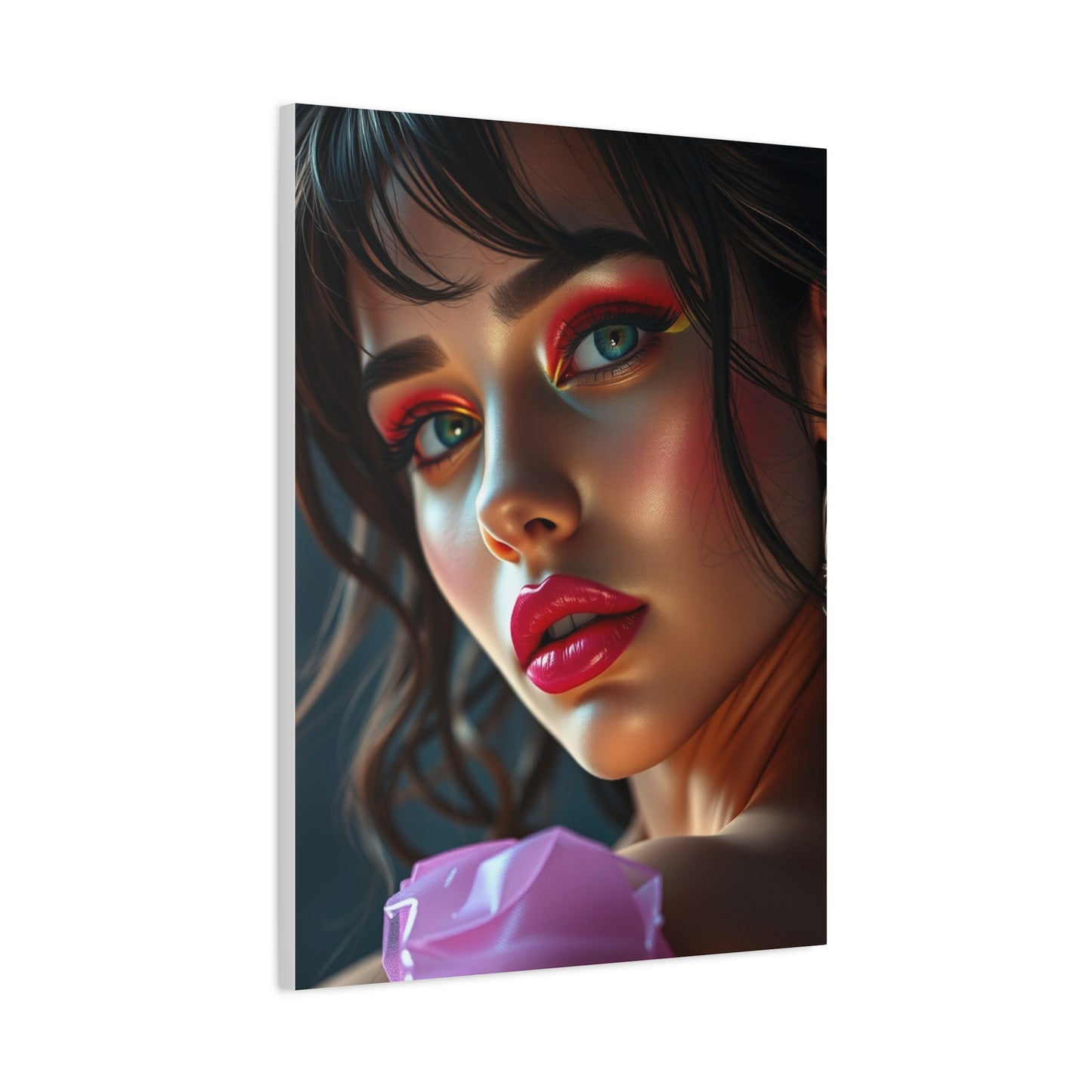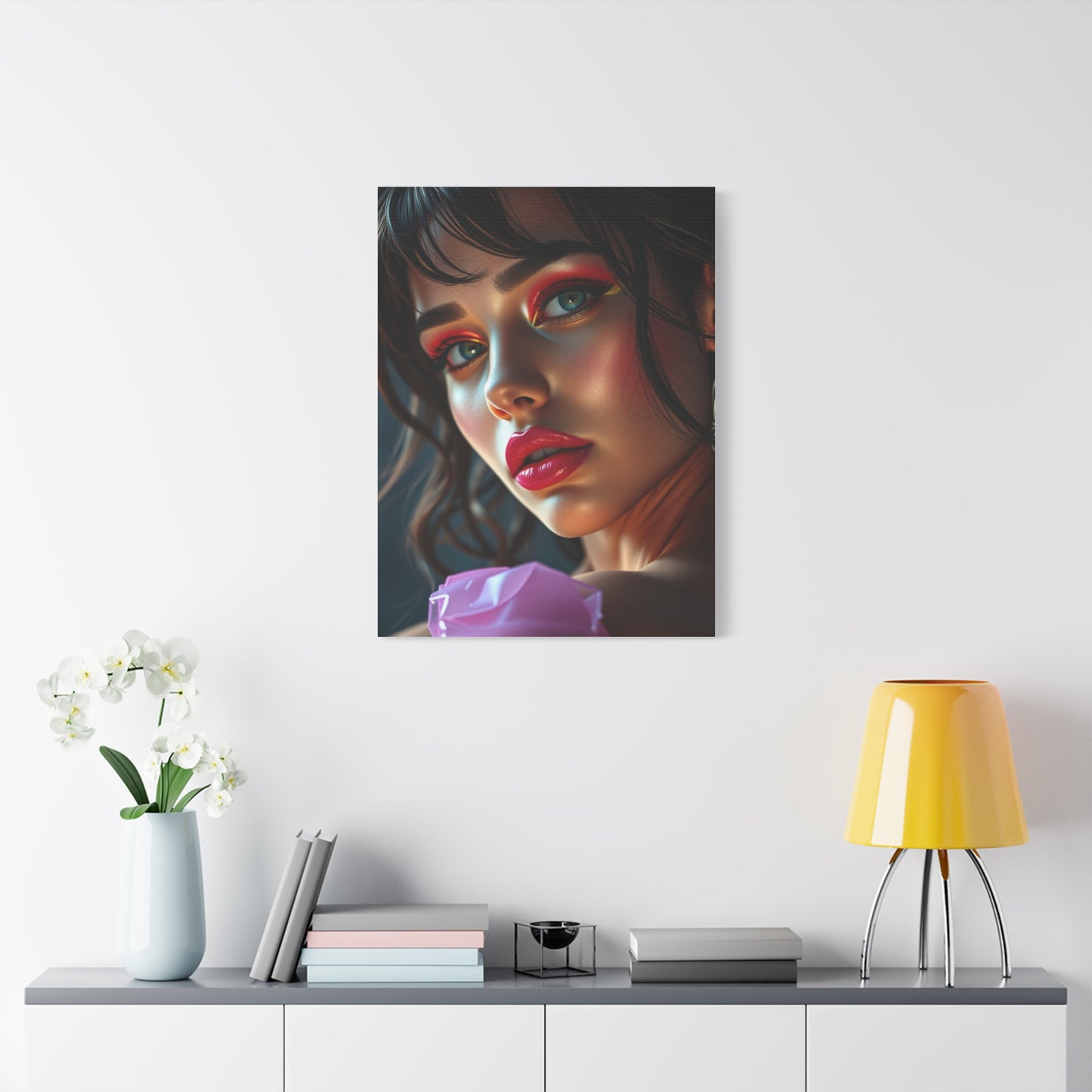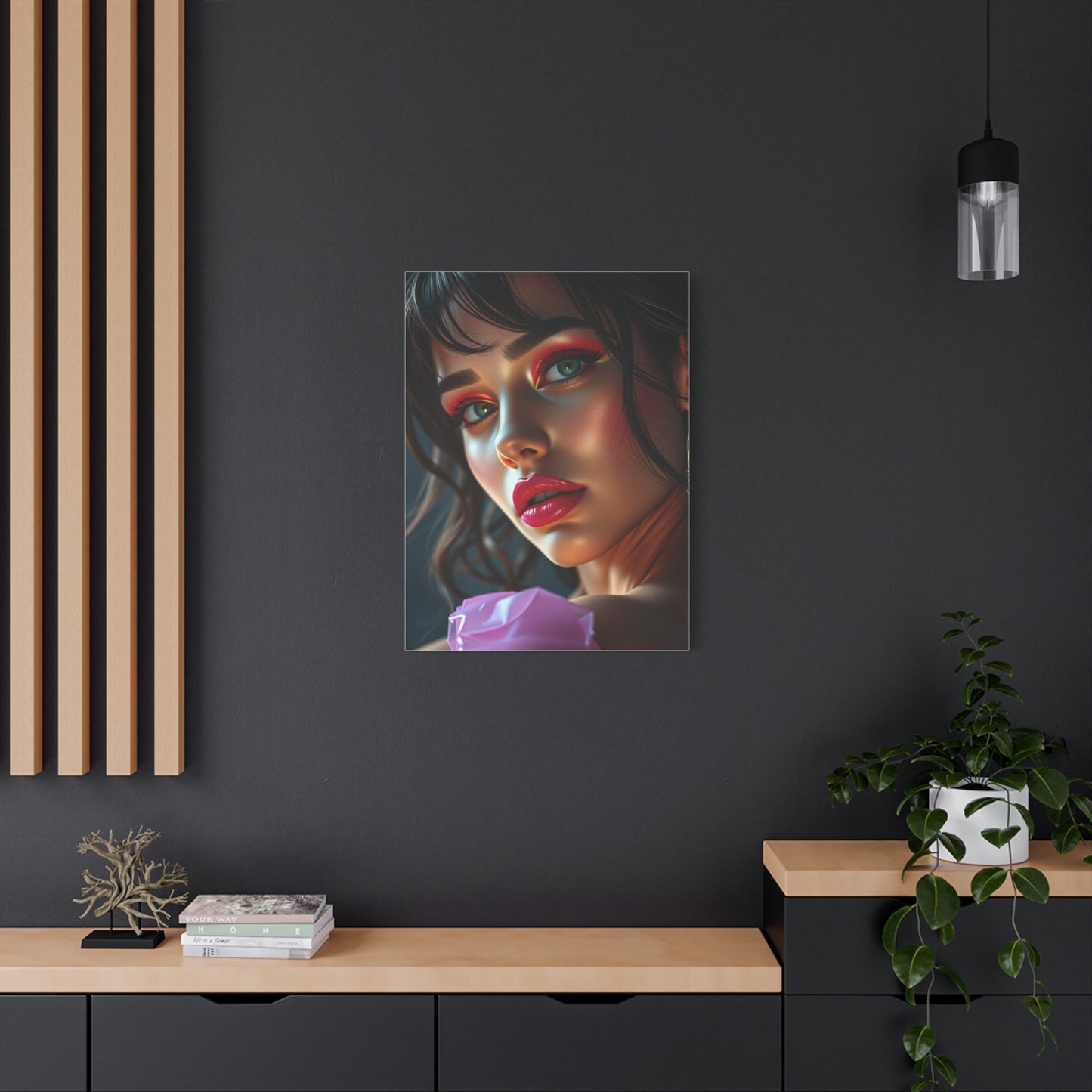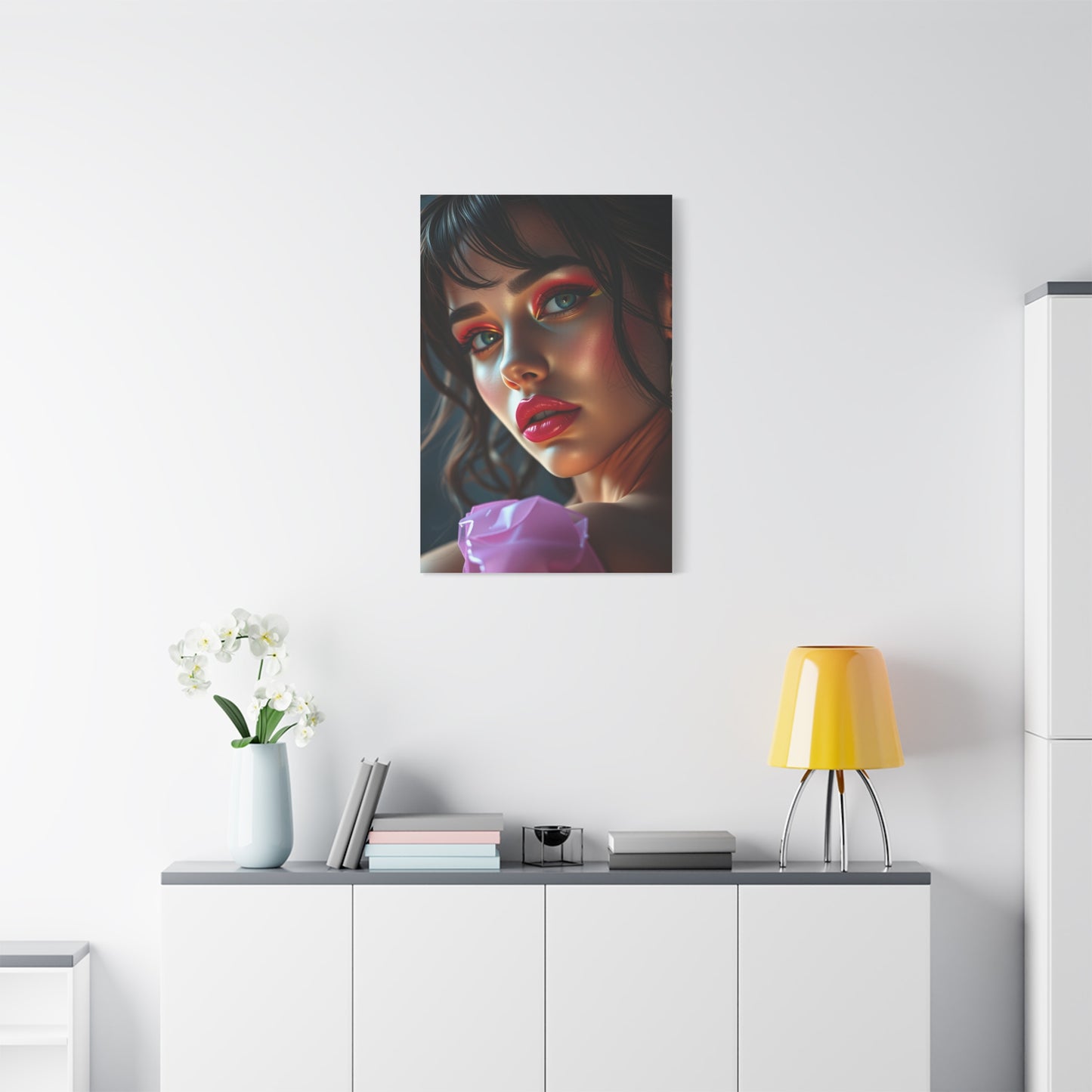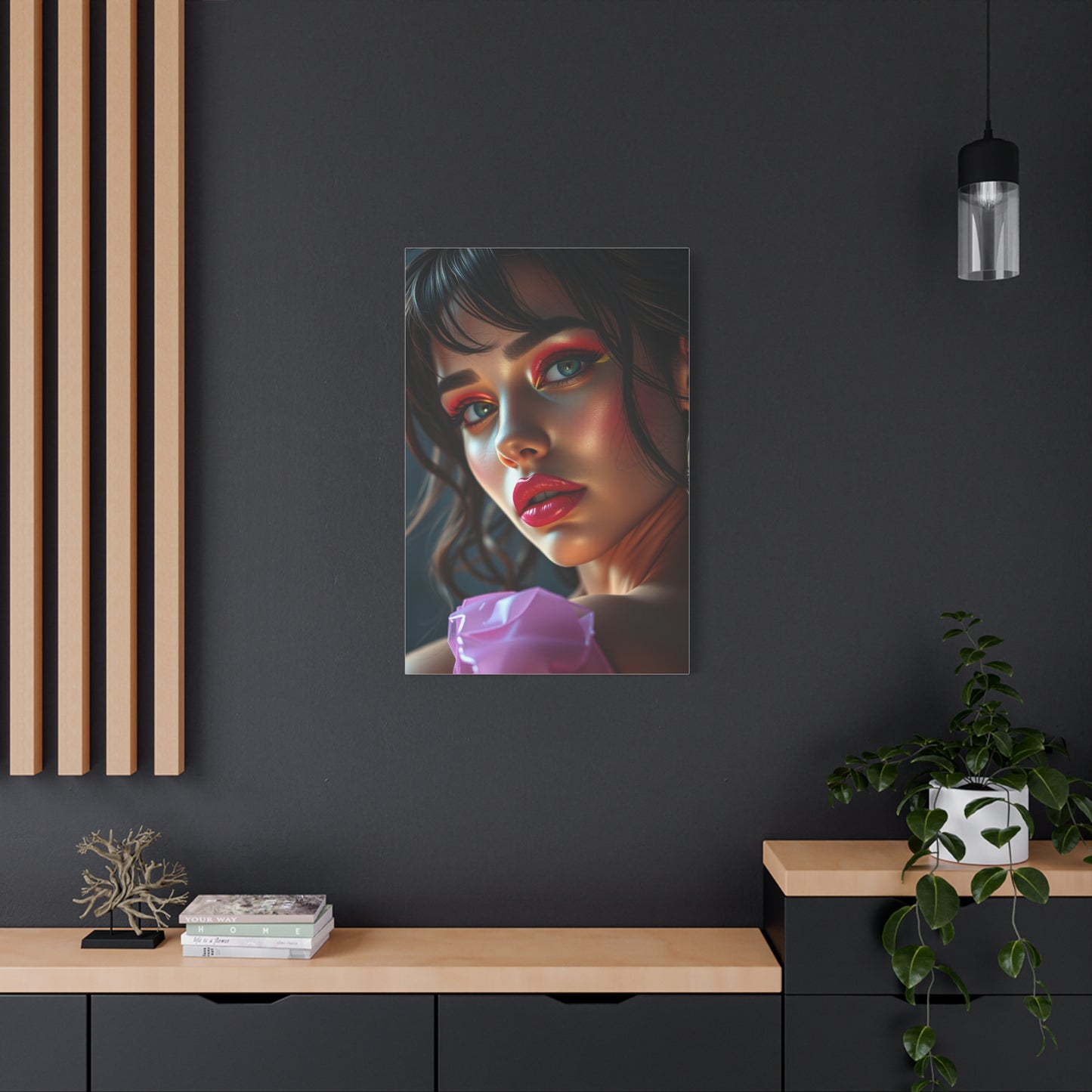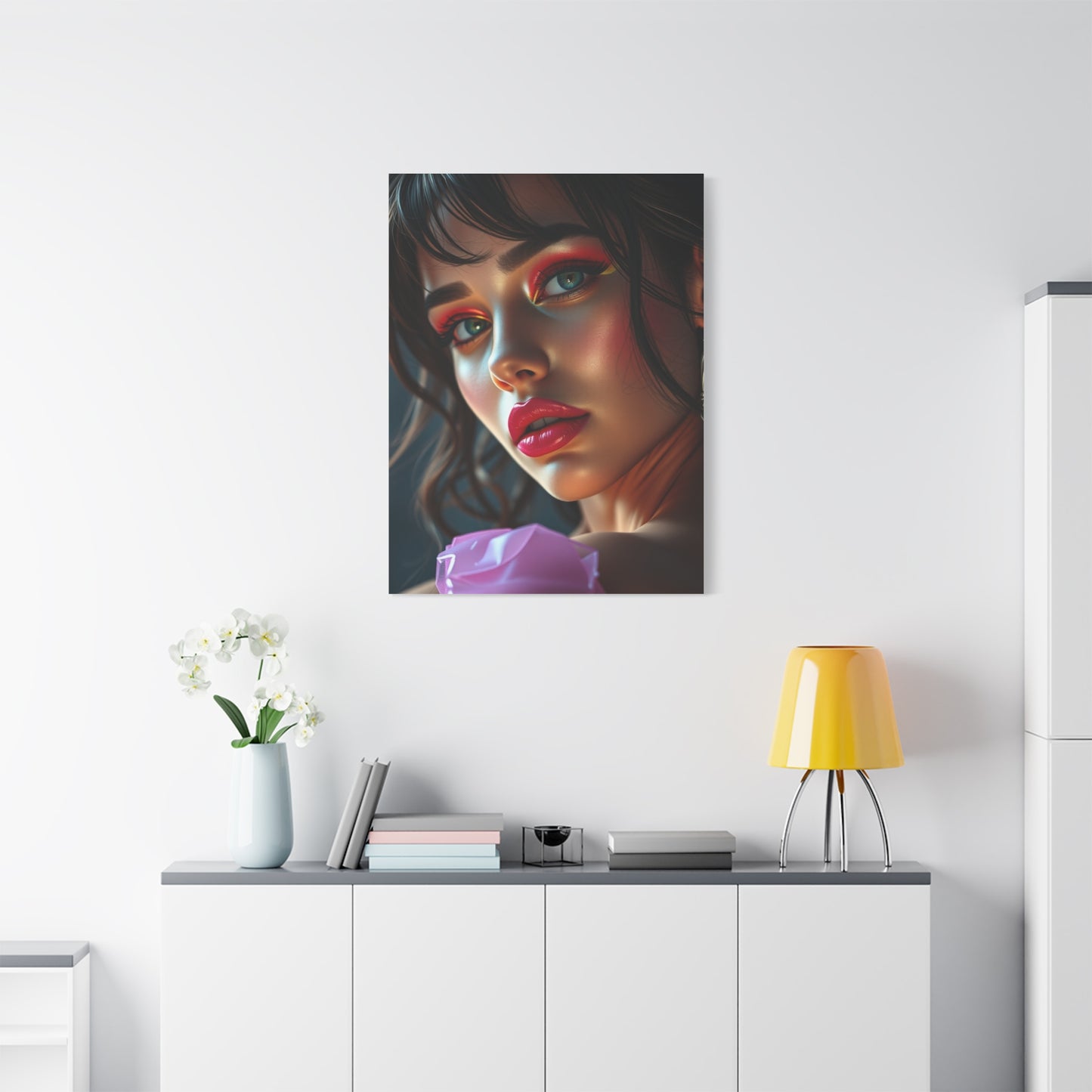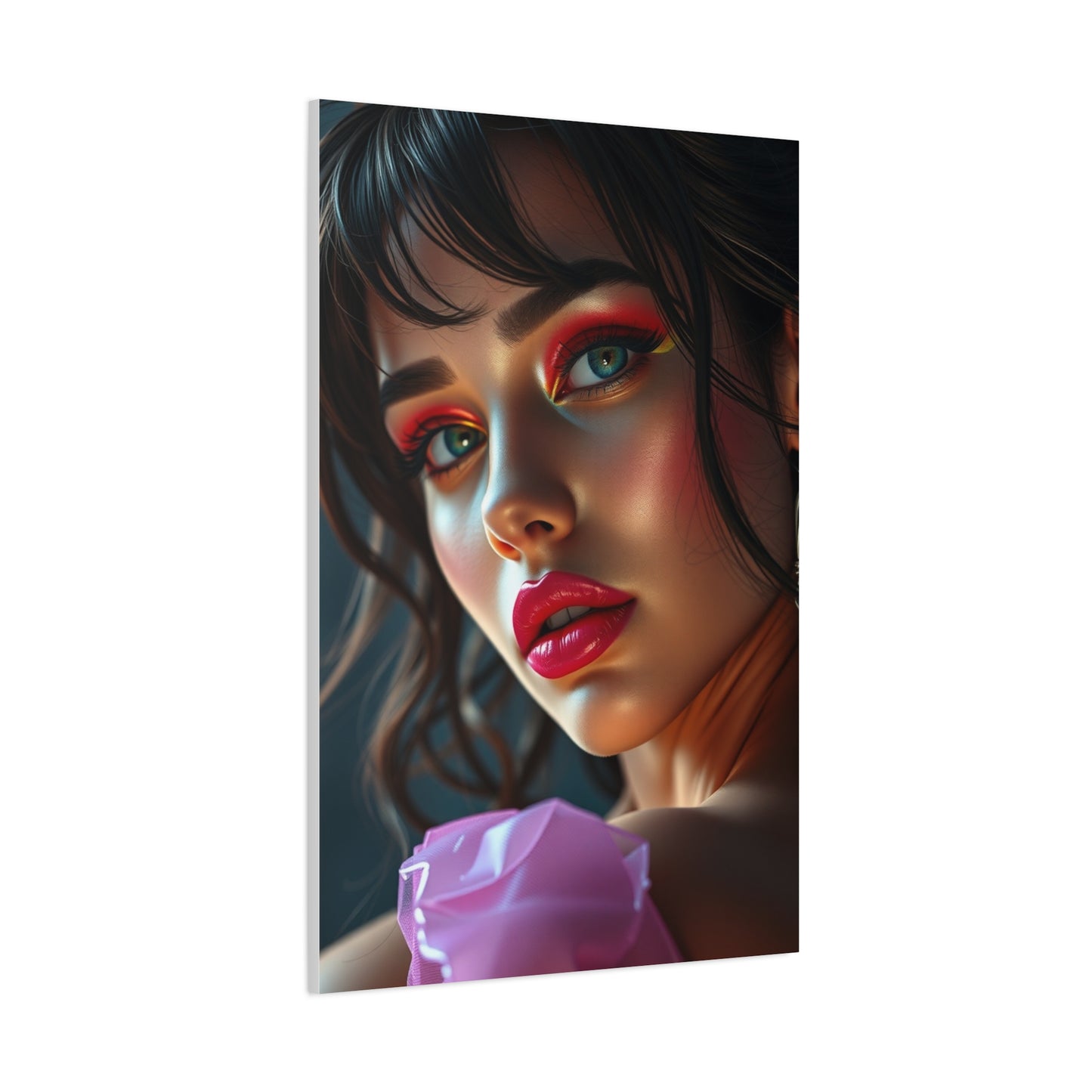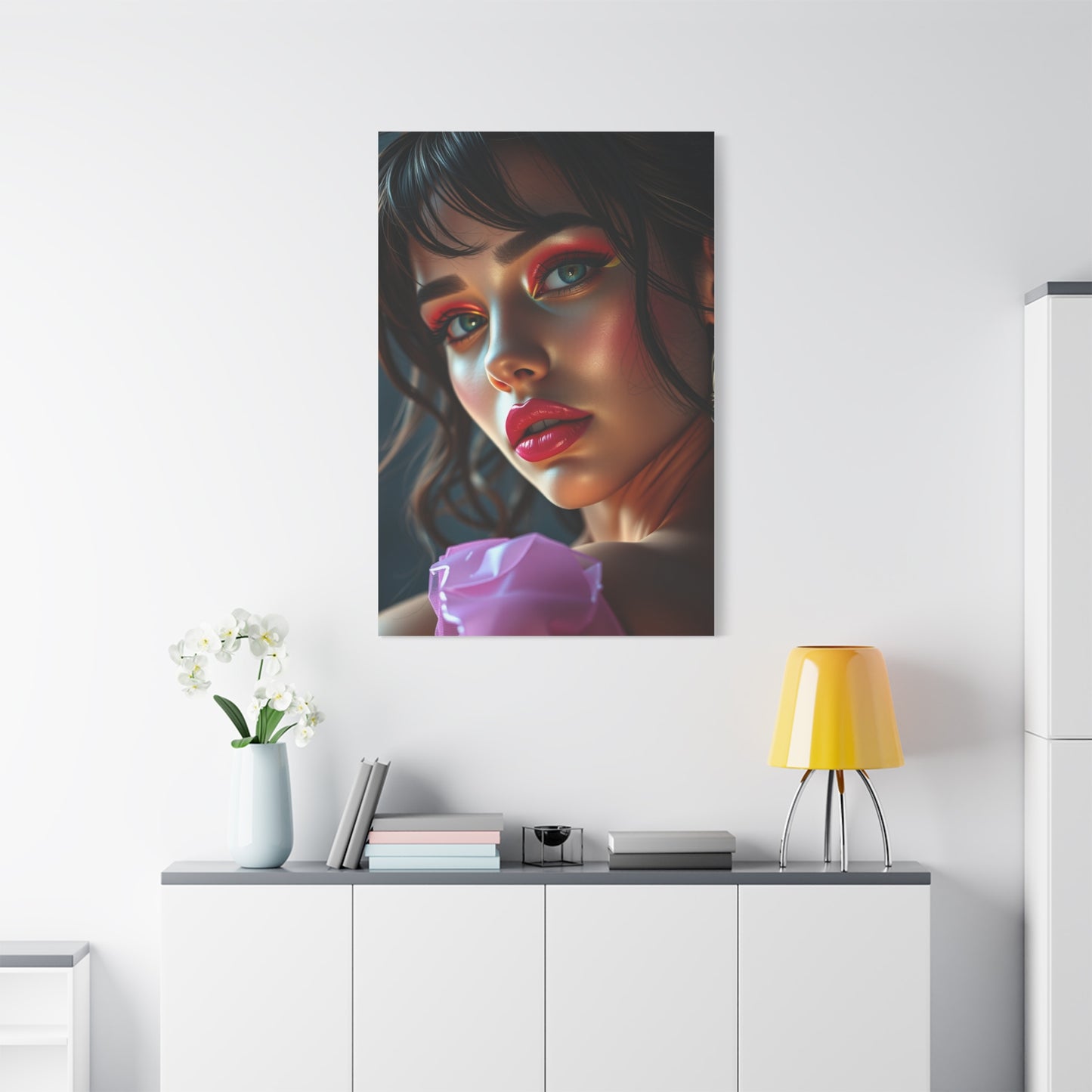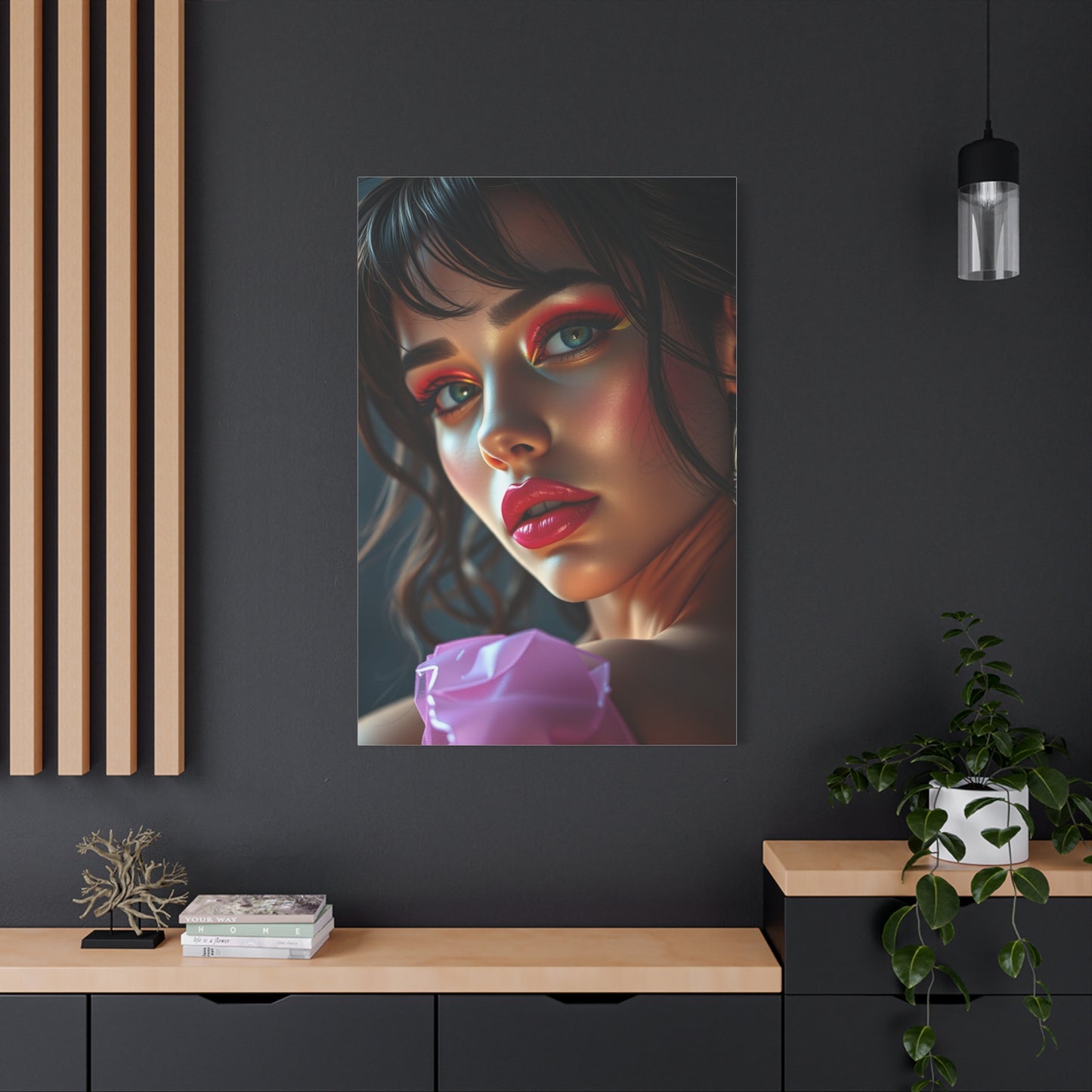Transform Your Space with Sophisticated Tableau Wall Art Masterpieces
Wall art has undergone a remarkable transformation throughout history, evolving from simple cave paintings to sophisticated masterpieces that define the character of contemporary homes. The journey of artistic expression on walls reflects humanity's innate desire to beautify living environments while communicating personal taste and cultural values. Today's homeowners seek more than mere decoration; they yearn for pieces that resonate with their sophisticated sensibilities and enhance the overall ambiance of their residences.
The modern approach to wall decoration emphasizes the psychological impact of visual elements on daily life. Research demonstrates that carefully selected artwork can significantly influence mood, productivity, and overall well-being. This understanding has led to a more thoughtful approach to selecting pieces that not only complement existing decor but also contribute to creating harmonious living environments that reflect personal sophistication and refined taste.
Contemporary wall tableaus represent a fusion of traditional artistic techniques with modern design principles. These pieces serve as focal points that draw the eye while creating depth and visual interest throughout different rooms. The careful selection of colors, textures, and compositions allows homeowners to establish specific moods and atmospheres that align with their lifestyle preferences and aesthetic sensibilities.
The appreciation for sophisticated wall art extends beyond mere visual appeal to encompass the emotional and intellectual connections that viewers form with specific pieces. These connections often develop over time, deepening the relationship between the artwork and its surrounding environment. The most successful wall tableaus create lasting impressions that continue to inspire and delight residents and guests alike.
Modern artists and designers have recognized the importance of creating pieces that speak to contemporary sensibilities while honoring artistic traditions. This balance between innovation and reverence for classical techniques results in wall art that feels both timeless and current, making it suitable for various decorative schemes and personal preferences.
Selecting Artwork That Reflects Your Personal Aesthetic Vision
The process of choosing wall art requires careful consideration of multiple factors that contribute to creating cohesive and visually appealing environments. Personal taste serves as the foundation for all artistic selections, but understanding how different pieces interact with existing architectural elements and furnishings ensures successful integration into overall decorative schemes.
Color harmony plays a crucial role in the selection process, as artwork must complement existing color palettes while potentially introducing new hues that enhance visual interest. The most sophisticated approaches to wall decoration involve creating subtle color relationships that feel natural and harmonious rather than forced or contrived. These relationships can be achieved through complementary colors, analogous schemes, or monochromatic variations that add depth without overwhelming existing design elements.
Scale and proportion considerations are equally important when selecting wall tableaus for different rooms. Large pieces can serve as dramatic focal points in expansive areas, while smaller works might be more appropriate for intimate settings or as part of gallery-style arrangements. Understanding the relationship between artwork dimensions and room proportions ensures that selections enhance rather than overwhelm their surroundings.
The subject matter and style of chosen pieces should reflect the homeowner's personality and interests while remaining appropriate for the intended location. Abstract compositions might work well in modern settings, while representational works could be more suitable for traditional environments. The key lies in finding pieces that feel authentic to the homeowner's aesthetic preferences while contributing to the overall harmony of the living environment.
Lighting considerations significantly impact how wall art appears in different settings and at various times of day. Natural light sources create dynamic viewing experiences as shadows and highlights shift throughout the day, while artificial lighting allows for more controlled presentation of artwork. Understanding these lighting relationships helps ensure that selected pieces can be appreciated under all viewing conditions.
Quality considerations extend beyond artistic merit to include factors such as construction techniques, materials, and long-term durability. Investment in well-crafted pieces ensures that wall art will continue to provide enjoyment for years to come while potentially appreciating in value. This long-term perspective encourages thoughtful selection processes that prioritize quality over quantity.
Creating Focal Points Through Strategic Artwork Placement
The strategic placement of wall art can dramatically alter the perceived proportions and atmosphere of any room. Understanding the principles of visual weight, balance, and flow enables homeowners to create compelling focal points that guide the eye while maintaining overall harmony throughout their living environments. These principles, rooted in centuries of artistic tradition, remain relevant in contemporary decorative applications.
The concept of visual hierarchy plays a fundamental role in effective artwork placement. Primary focal points should command attention without overwhelming secondary elements, creating a balanced visual experience that feels both dynamic and comfortable. This hierarchy can be established through various means, including size relationships, color contrast, positioning, and the interaction between multiple pieces.
Wall tableaus positioned at eye level typically create the most comfortable viewing experiences, though this general guideline can be adjusted based on specific circumstances and design intentions. In dining areas, artwork might be positioned slightly lower to accommodate seated viewing, while pieces in entryways or hallways might benefit from higher placement to create dramatic impact for standing viewers.
The relationship between furniture and wall art requires careful consideration to ensure visual harmony and functional appropriateness. Artwork positioned above seating areas should relate proportionally to the furniture below while maintaining sufficient clearance for comfortable use. The most successful arrangements create visual connections between wall-mounted pieces and surrounding furnishings without appearing crowded or disconnected.
Grouping multiple pieces can create more complex and engaging focal points than single artworks, but these arrangements require careful planning to avoid visual confusion. Successful groupings often share common elements such as color schemes, themes, or framing styles while maintaining individual character and interest. The spaces between pieces should feel intentional and contribute to the overall composition.
Creating visual flow through strategic artwork placement helps connect different areas within larger rooms or throughout entire homes. This flow can be achieved through repeated colors, themes, or styles that create subtle connections while allowing each piece to maintain its individual impact. The most sophisticated approaches to wall decoration create these connections organically, without appearing forced or overly coordinated.
Color Psychology and Its Impact on Artwork Selection
The psychological effects of color in wall art extend far beyond simple aesthetic preferences, influencing mood, energy levels, and overall well-being in profound ways. Understanding these effects enables homeowners to make informed decisions about artwork that will contribute positively to their daily lives while creating environments that support their lifestyle goals and emotional needs.
Warm colors such as reds, oranges, and yellows tend to create energetic and welcoming atmospheres that encourage social interaction and activity. These colors work particularly well in gathering areas such as living rooms and dining areas, where they can enhance the convivial atmosphere. However, their stimulating effects might make them less suitable for bedrooms or other areas intended for relaxation and rest.
Cool colors including blues, greens, and purples generally promote feelings of calm and tranquility, making them ideal choices for bedrooms, bathrooms, and study areas. These colors can help create restorative environments that support relaxation and concentration. The specific shades and saturations chosen can fine-tune these effects, with softer tones promoting greater serenity and more vibrant versions adding energy while maintaining their fundamentally calming nature.
Neutral colors such as grays, beiges, and whites provide versatile foundations that can be enhanced with accent colors through artwork. These neutral backgrounds allow for greater flexibility in artwork selection while creating sophisticated and timeless environments. The subtle variations within neutral palettes can add depth and interest without overwhelming other design elements.
The interaction between artificial and natural lighting significantly affects how colors appear throughout the day and in different seasons. Artwork that appears vibrant in bright daylight might seem muted under evening artificial lighting, while pieces that seem subdued during the day might gain dramatic impact under focused lighting. Understanding these relationships helps ensure that selected pieces can be appreciated under various lighting conditions.
Color temperature considerations affect the overall atmosphere created by wall art in combination with lighting choices. Warmer color temperatures tend to enhance reds and yellows while making blues appear more muted, while cooler color temperatures have the opposite effect. This understanding helps in selecting pieces that will work harmoniously with existing lighting schemes or in planning lighting modifications to optimize artwork presentation.
The cultural and personal associations individuals have with specific colors can significantly impact their response to artwork. These associations, developed through life experiences and cultural conditioning, influence the emotional connections formed with particular pieces. Successful artwork selection takes these personal responses into account while considering the broader principles of color psychology.
Mixing Traditional and Contemporary Artistic Styles
The art of combining traditional and contemporary styles in wall decoration requires a sophisticated understanding of artistic principles and design harmony. This approach allows homeowners to create unique and personalized environments that honor artistic heritage while embracing modern sensibilities. The most successful combinations feel natural and intentional rather than eclectic or random.
Traditional artwork brings a sense of permanence and cultural continuity to contemporary homes, connecting residents with artistic traditions that have endured for centuries. These pieces often feature time-tested compositional techniques and subject matters that have proven their lasting appeal. When thoughtfully integrated with modern elements, traditional artwork can provide grounding and sophistication to otherwise contemporary environments.
Contemporary pieces offer opportunities to reflect current cultural moments and artistic innovations while addressing modern themes and concerns. These works often experiment with new materials, techniques, and concepts that push artistic boundaries. When combined with traditional elements, contemporary artwork can create dynamic tension that energizes entire rooms while maintaining respect for artistic heritage.
The key to successful style mixing lies in identifying common elements that unite disparate pieces. These connections might include similar color palettes, complementary scales, shared themes, or harmonious compositional principles. The most effective combinations create dialogue between different artistic periods and approaches without creating visual confusion or conflict.
Transitional elements can help bridge the gap between dramatically different artistic styles, creating smoother visual flow and greater overall harmony. These might include pieces that incorporate both traditional and contemporary elements or neutral works that complement both styles without competing for attention. Strategic use of transitional pieces allows for more adventurous style combinations while maintaining visual coherence.
The architectural context of the home can provide guidance for style mixing decisions. Traditional homes might accommodate contemporary artwork more easily when it shares certain formal qualities with the architecture, while modern homes might benefit from traditional pieces that provide warmth and historical context. Understanding these relationships helps ensure that artistic selections enhance rather than conflict with their architectural surroundings.
Framing and presentation choices can significantly impact how different styles work together in shared environments. Consistent framing approaches can unite disparate artworks, while varied framing can emphasize individual character. The most sophisticated approaches consider framing as an integral part of the overall artistic presentation rather than an afterthought.
The Role of Texture and Dimension in Wall Decoration
Texture and dimension add crucial layers of visual and tactile interest to wall art that flat images alone cannot provide. These elements create dynamic viewing experiences that change with lighting conditions and viewing angles, adding depth and sophistication to any decorative scheme. Understanding how to incorporate textural elements effectively can elevate wall decoration from simple ornamentation to compelling artistic statements.
Three-dimensional wall sculptures and relief works create dramatic shadows and highlights that animate walls throughout the day as lighting conditions change. These pieces offer viewers different experiences depending on their position and the angle of observation, creating interactive relationships between artwork and audience. The play of light and shadow across textured surfaces adds temporal dimension to static artwork.
Mixed-media pieces that combine various materials and techniques can create rich textural experiences that engage multiple senses simultaneously. These works might incorporate elements such as fabric, metal, wood, or found objects that add physical dimension and tactile qualities to traditional two-dimensional formats. The contrast between different materials can create visual tension that maintains viewer interest over time.
The interaction between textural artwork and surrounding surfaces can create sophisticated design relationships that enhance both elements. Smooth walls might provide effective contrast for heavily textured pieces, while textured wall treatments might complement artwork with subtle dimensional qualities. Understanding these relationships helps ensure that all elements work together harmoniously.
Lighting design becomes particularly important when featuring dimensional artwork, as the direction, intensity, and color temperature of lighting sources dramatically affect how textural elements appear. Directional lighting can emphasize dimensional qualities through shadow creation, while diffused lighting might minimize texture in favor of overall composition. Strategic lighting planning ensures that textural qualities can be appreciated effectively.
The durability and maintenance requirements of textural artwork require consideration during the selection process. Pieces with complex surfaces might require more frequent cleaning or be more susceptible to damage than flat works. Understanding these practical considerations helps ensure that selected pieces will continue to provide enjoyment without becoming maintenance burdens.
Scale relationships become particularly important with dimensional artwork, as physical projection from the wall affects how pieces relate to their surroundings. Deep relief sculptures might overwhelm small rooms, while subtle textural elements might be lost in large environments. Achieving appropriate scale relationships ensures that dimensional qualities enhance rather than complicate overall design schemes.
Creating Gallery-Style Arrangements in Residential Settings
The translation of professional gallery display techniques to residential environments allows homeowners to create sophisticated presentations that honor artwork while maintaining comfort and livability. These approaches emphasize the importance of each piece while creating cohesive arrangements that enhance overall room design. Understanding gallery principles enables more effective use of wall art in domestic settings.
Museum-quality lighting techniques can be adapted for residential use to optimize artwork presentation while maintaining appropriate ambient lighting levels for daily living. Track lighting systems allow for precise positioning and adjustment of individual fixtures, while picture lighting provides focused illumination for specific pieces. The key lies in balancing optimal artwork presentation with comfortable general lighting.
Sight line considerations play crucial roles in gallery-style arrangements, ensuring that all pieces can be viewed effectively from natural traffic patterns and seating arrangements. Primary viewing positions should offer comfortable sight lines to featured artworks, while secondary positions might reveal different aspects or relationships between pieces. This approach creates layered viewing experiences that reward closer examination.
The concept of white space, essential in professional gallery design, translates effectively to residential settings where artwork competes with furniture, accessories, and daily life activities. Providing adequate visual breathing room around each piece prevents overcrowding while allowing individual works to make their intended impact. This approach often requires restraint in the number of pieces displayed simultaneously.
Curatorial approaches to artwork selection and arrangement can create thematic coherence that transforms random collections into thoughtful presentations. These themes might focus on color relationships, artistic periods, subject matters, or formal qualities that unite disparate pieces. The most effective residential galleries feel intentional and considered rather than accidental or arbitrary.
Professional-grade hanging hardware and techniques ensure both safety and optimal presentation of valuable artwork. Museum-quality hanging systems allow for easy adjustment and reconfiguration while providing secure mounting that protects both artwork and walls. Investment in proper hanging systems demonstrates respect for artwork while enabling flexibility for future rearrangements.
The integration of gallery-style arrangements with residential functionality requires careful consideration of daily life patterns and activities. Artwork placement must accommodate furniture arrangements, traffic flow, and practical considerations such as door openings and window treatments. The most successful residential galleries enhance daily life rather than interfere with normal activities.
Seasonal Adaptations and Flexible Display Options
Creating flexible wall art display systems allows homeowners to refresh their environments seasonally while maintaining sophisticated aesthetic standards. These adaptable approaches prevent visual stagnation while allowing for the celebration of different artistic pieces throughout the year. Flexibility in display options also accommodates changing tastes and new acquisitions over time.Modular hanging systems enable easy reconfiguration of artwork arrangements without damaging walls or requiring professional installation. These systems often utilize track-based or grid-based mounting solutions that provide maximum flexibility while maintaining clean, professional appearances.
The initial investment in quality hanging systems pays dividends through years of easy adjustments and modifications.Rotating collections allow homeowners to enjoy larger numbers of artworks than can be displayed simultaneously while preventing visual fatigue from extended exposure to the same pieces. This approach works particularly well for collectors who continue to acquire new works or for those who appreciate variety in their visual environments. Storage solutions for rotating pieces must provide appropriate protection and accessibility.Seasonal themes can be expressed through careful selection and arrangement of existing collections rather than requiring entirely new acquisitions. Spring arrangements might emphasize lighter colors and botanical subjects, while winter displays could feature warmer tones and more intimate compositions.
These seasonal adaptations create opportunities for creative experimentation within established collections.The psychological benefits of changing wall displays include increased visual stimulation and renewed appreciation for familiar pieces when they return to display rotation. This approach prevents the artwork from becoming invisible through over-familiarity while creating anticipation for seasonal changes. The process of selecting and arranging seasonal displays can become an enjoyable ritual that marks seasonal transitions.
Lighting adaptations can dramatically alter the appearance and mood of artwork arrangements throughout the year. Warmer lighting temperatures might enhance autumn displays, while cooler temperatures could complement summer arrangements. Adjustable lighting systems allow for these seasonal modifications without requiring permanent installations or extensive renovations.Documentation of successful arrangements through photography helps preserve effective combinations for future reference and enables the development of seasonal rotation schedules. This documentation also assists in planning new acquisitions that will work effectively with existing collections and display systems.
Wall Art in Different Room Functions
Understanding the psychological functions of different rooms within the home enables more strategic selection and placement of wall art that supports intended activities and moods. Each room serves specific purposes that can be enhanced through appropriate artistic choices that align with functional requirements and desired atmospheres.Living rooms, serving as primary gathering areas, benefit from wall art that encourages conversation and social interaction. Pieces that invite discussion or shared appreciation create focal points around which social activities can naturally organize. These selections should be engaging without being overstimulating, allowing for comfortable extended viewing during social gatherings.
Bedroom environments require wall art that promotes relaxation and peaceful rest while reflecting personal taste and creating intimate atmospheres. Calming compositions, soft color palettes, and personally meaningful subjects contribute to restful environments. The most effective bedroom artwork supports the transition from daily activities to sleep while providing pleasant views upon waking.Kitchen and dining areas benefit from artwork that enhances the pleasure of food preparation and consumption while withstanding the practical challenges of these working environments. Subjects related to food, nature, or cultural themes can enhance the dining experience, while moisture-resistant materials and finishes ensure longevity in humid conditions.
Home offices and study areas require wall art that supports concentration and productivity while providing visual relief from intensive work activities. Abstract compositions or natural subjects can provide restorative visual breaks without creating distraction, while inspirational themes might provide motivational support for challenging tasks.Bathroom environments present unique challenges and opportunities for wall art placement due to humidity concerns and intimate scale. Moisture-resistant materials and appropriate subject matters create spa-like atmospheres that enhance daily routines while providing visual interest in typically utilitarian environments.
Hallways and transitional areas benefit from artwork that creates visual flow between different zones while providing interest for brief viewing encounters. These areas allow for more experimental or dramatic artwork choices since extended viewing is less common, making them ideal for bold or challenging pieces that might be overwhelming in primary living areas.Children's areas require special consideration for developmental appropriateness, safety concerns, and changing tastes over time. Artwork selections should stimulate creativity and imagination while being durable enough to withstand active lifestyles. Growth-adaptable approaches prevent frequent replacement while maintaining age-appropriate visual environments.
Maintaining and Preserving Your Wall Art Collection
Proper maintenance and preservation of wall art ensures that investments in sophisticated pieces continue to provide enjoyment for generations while maintaining their aesthetic and monetary value. Understanding appropriate care techniques prevents damage while extending the lifespan of valuable artwork. These practices demonstrate respect for artistic creation while protecting financial investments.Environmental factors significantly impact artwork longevity, with temperature and humidity fluctuations being among the most damaging influences. Stable environmental conditions prevent expansion and contraction cycles that can cause cracking, warping, or separation of materials. Modern climate control systems can maintain appropriate conditions while remaining energy-efficient.
Light exposure management prevents fading and deterioration of light-sensitive materials while allowing for appropriate display and appreciation of artwork. UV-filtering glazing, controlled artificial lighting, and strategic positioning relative to natural light sources all contribute to preservation while maintaining visual access. Understanding the light sensitivity of different materials guides appropriate protection strategies.Cleaning techniques must be appropriate for specific materials and artistic techniques to prevent damage while maintaining visual clarity. Professional cleaning services may be necessary for valuable or delicate pieces, while routine maintenance can often be performed by homeowners using appropriate techniques and materials. Regular inspection helps identify potential problems before they become serious threats.
Framing and glazing choices significantly impact artwork preservation while affecting visual presentation. Conservation-quality materials prevent chemical damage over time, while appropriate glazing provides protection from environmental hazards. The investment in quality framing materials demonstrates commitment to long-term preservation while enhancing artistic presentation.Documentation of condition and maintenance history provides valuable information for insurance purposes and helps track changes over time. Detailed photographs and written descriptions create records that support insurance claims and guide conservation decisions. This documentation also proves provenance for valuable pieces.
Professional conservation services may be necessary for significant damage or for particularly valuable pieces requiring specialized expertise. Establishing relationships with qualified conservators before problems arise ensures access to appropriate services when needed. Regular professional assessments can identify potential issues before they require extensive intervention.Security considerations include both theft prevention and protection from accidental damage. Appropriate hanging hardware prevents falls that could damage artwork or cause injury, while security systems protect against theft. Understanding the value and vulnerability of specific pieces guides appropriate protection strategies.
Investment Considerations and Building a Collection
Building a sophisticated wall art collection requires balancing aesthetic preferences with practical considerations including budget constraints, available display options, and long-term value potential. Strategic collecting approaches help ensure that acquisitions contribute to cohesive aesthetic visions while potentially appreciating in value over time.Research and education form the foundation of successful collecting, enabling informed decisions about artistic merit, market value, and authenticity. Understanding artistic movements, techniques, and market trends helps collectors identify opportunities while avoiding costly mistakes. This knowledge also enhances appreciation and enjoyment of acquired pieces.
Budget allocation strategies help maximize collecting impact while maintaining financial responsibility. Establishing clear priorities and saving strategies enables the acquisition of higher-quality pieces rather than settling for inferior alternatives. Long-term collecting approaches often yield better results than impulse purchases.Authentication and provenance verification protect collectors from fraudulent works while ensuring legal ownership. Professional appraisals and authenticity certificates provide documentation that supports insurance coverage and potential resale value. Understanding the importance of provenance helps collectors make informed acquisition decisions.
Market timing considerations can significantly impact acquisition costs and potential appreciation. Understanding seasonal patterns, economic cycles, and artistic trends helps collectors identify favorable purchasing opportunities. However, aesthetic preferences should remain primary considerations to ensure long-term satisfaction with acquisitions.Diversification strategies help balance risk while creating more interesting and dynamic collections. Acquiring works by different artists, in various media, and from different periods creates visual variety while reducing dependence on any single artistic or market segment. This approach often results in more engaging and sophisticated collections.
Professional relationships with galleries, dealers, and other collectors provide access to better pieces and valuable market information. These relationships often develop over time through regular engagement and demonstrated serious collecting intentions. Professional networks also provide resources for authentication, conservation, and eventual sale considerations.Storage and rotation capabilities allow collectors to acquire more pieces than can be displayed simultaneously while protecting investments. Appropriate storage conditions prevent damage while keeping pieces accessible for rotation into active display. This approach enables larger collections without overwhelming living environments.
Emerging Trends in Contemporary Wall Art
Contemporary wall art continues evolving in response to changing lifestyles, technological innovations, and cultural shifts. Understanding emerging trends helps collectors and homeowners make informed decisions about acquisitions that will remain relevant and compelling over time. These trends often reflect broader social movements and technological capabilities.
Digital art and new media presentations are increasingly finding acceptance in sophisticated residential environments as technology becomes more seamlessly integrated into daily life. High-resolution displays and projection systems enable the presentation of digital artwork that can be changed regularly while maintaining museum-quality visual standards. These technologies also enable the display of time-based media and interactive artworks previously limited to gallery settings.Sustainable and eco-conscious art materials reflect growing environmental awareness among both artists and collectors. Recycled materials, sustainable production methods, and themes addressing environmental concerns are becoming increasingly prevalent in contemporary artwork. These pieces allow collectors to align their aesthetic choices with their environmental values while supporting artists who share these concerns.
Cultural diversity and global perspectives are increasingly represented in contemporary wall art as communication technologies connect artists and collectors across traditional boundaries. This globalization of artistic expression provides access to diverse aesthetic traditions and cultural perspectives that enrich collections while promoting cross-cultural understanding.Personalization and customization options allow homeowners to commission or modify artwork to better suit specific environments and preferences. Digital technologies enable artists to create multiple variations of designs or to incorporate personal elements into existing compositions. These approaches result in unique pieces that perfectly complement individual aesthetic visions.
Mixed reality and augmented reality technologies are beginning to impact how wall art is experienced and appreciated. These technologies can provide additional information about pieces, allow for virtual modifications or extensions, or create entirely new forms of interactive artistic expression. While still emerging, these technologies promise to expand the possibilities for wall art presentation.Community-based art projects and collaborative works reflect increasing interest in social engagement and shared creative expression. These pieces often incorporate elements contributed by multiple participants or reference local cultural elements that create connections between artwork and community identity. Such works can create stronger emotional connections while supporting local artistic communities.
The Future of Wall Art in Home Decoration
Technological advances continue reshaping possibilities for wall art presentation and interaction while maintaining respect for traditional aesthetic principles. Smart home integration allows for automated lighting adjustments that optimize artwork presentation throughout the day, while climate control systems protect valuable pieces while maintaining human comfort.Virtual and augmented reality technologies promise to expand the possibilities for artwork presentation beyond physical constraints. These technologies could allow homeowners to experience artworks in their original locations, view detailed close-ups of techniques and materials, or even interact with artists through recorded presentations. Such capabilities could significantly enhance appreciation and understanding of collected pieces.
Artificial intelligence applications in art creation and curation raise questions about authenticity and artistic value while potentially providing new tools for creating personalized aesthetic experiences. AI-generated artwork might complement human-created pieces while serving specific decorative functions, though the art world continues debating the implications of these technologies.Sustainable materials and production methods will likely become increasingly important as environmental consciousness continues growing among artists and collectors. These developments might lead to new aesthetic possibilities while reducing the environmental impact of artistic production and collection activities.
Global connectivity continues expanding access to diverse artistic traditions and emerging artists from around the world. This increased access enables the development of more sophisticated and culturally diverse collections while supporting artists from various backgrounds and traditions.Economic and social changes will continue influencing both artistic creation and collecting patterns as new generations develop different relationships with physical objects and aesthetic experiences. Understanding these broader trends helps predict future developments in wall art while informing current collecting and decorating decisions.
The Essence of Tableau Wall Art
The term "tableau," derived from the French tableau vivant or "living picture," historically referred to a silent, static scene featuring costumed actors. In the context of visual art, a tableau retains this sense of a captured, narrative-rich moment, but with a unique structural twist. Tableau wall art is a single, cohesive image or artistic concept that is strategically divided and printed across multiple separate panels. These can range from a simple two-panel diptych or a classic three-panel triptych to a more complex multi-panel polyptych.The genius of this form lies not in the division itself, but in the dynamic interplay it creates. Unlike a single, monolithic piece of art that presents itself as a self-contained window into another world, a tableau invites the viewer to participate in its reconstruction.
Narrative and Storytelling Across Panels
The segmented nature of a tableau lends itself beautifully to storytelling. A horizontal cityscape spread across five panels doesn't just show a city; it takes you on a journey across its skyline. The progression from one panel to the next can mimic the passing of time, a shift in focus, or the unfolding of an event. An abstract piece with a flowing line of color that traverses multiple panels creates a powerful sense of energy and direction, guiding the viewer's eye and imbuing the static work with a kinetic quality. This narrative potential elevates the artwork from a decorative object to a compelling story woven into the fabric of your home.
Distinction from Single-Panel Art
While a large-scale, single-panel artwork can certainly be a powerful focal point, its impact is often one of singular, concentrated force. A tableau, by contrast, offers a more architectural and expansive presence. It engages with the wall itself, treating it as an integral part of the composition. The distribution of visual weight across multiple points gives it a lighter, more integrated feel, preventing it from overwhelming a room in the way a single, massive canvas might. It speaks the language of architecture—of columns, windows, and structural lines—allowing it to harmonize with its surroundings in a uniquely sophisticated manner.
Personalize Your Walls
Your home is a reflection of who you are, and the walls around you tell your story. Personalizing your walls with sophisticated tableau wall art masterpieces is an excellent way to infuse your space with personality, style, and meaning.Tableau wall art refers to curated, framed pieces or collections of artwork that bring a sense of artistry and elegance to any room. Unlike generic prints, these masterpieces offer unique designs, textures, and themes that resonate with your tastes and experiences. Whether you prefer abstract forms, nature-inspired scenes, or cultural motifs, there’s a tableau piece that can mirror your individuality.
To personalize your walls effectively, start by choosing art that speaks to your interests and passions. Consider colors that complement your existing decor but also add depth or contrast to the room. Mixing various tableau pieces—such as a bold statement painting paired with smaller, subtle designs—can create a layered, dynamic look that feels uniquely yours.Another way to personalize is by creating a gallery wall of tableau art. Arrange pieces in different sizes and frames to craft a visual story that evolves with your space. This approach allows you to add or swap artworks over time, keeping your walls fresh and engaging.
Remember, personalizing your walls isn’t just about aesthetics—it also influences how you feel in your home. Walls adorned with meaningful, sophisticated tableau art can inspire creativity, calm your mind, and evoke cherished memories.In short, tableau wall art masterpieces are more than decoration; they’re a canvas for your personal expression. By thoughtfully selecting and arranging these works, you transform your walls from blank surfaces into intimate, stylish reflections of you.
Big Art, Big Impact
When it comes to interior design, size does matter—especially with wall art. Large-scale tableau wall art masterpieces have the power to transform a room, commanding attention and creating a striking focal point.Big art pieces instantly elevate a space by adding drama and sophistication. They break up monotony on vast walls and provide balance in open-plan areas. A single oversized tableau can set the tone for the entire room, guiding color schemes and furniture choices.
One key benefit of big tableau art is its ability to visually expand a room. Large pieces draw the eye and can make small spaces feel more open and dynamic. In minimalist or modern interiors, a bold, large tableau adds interest without cluttering the space.When choosing large-scale tableau wall art, consider the wall’s size and the room’s function. For example, a massive abstract piece might energize a living room, while a serene landscape could bring calm to a bedroom. Placement is crucial—ensure the artwork is hung at eye level and has enough surrounding space to breathe.
Big art also encourages creativity in display. You can complement a large tableau with smaller accent pieces or use lighting strategically to highlight textures and colors.Ultimately, big tableau masterpieces create an immediate visual impact, turning ordinary walls into extraordinary canvases. They bring sophistication, style, and personality to your home, proving that sometimes, bigger truly is better.
Find Authentic Tableau Art
Authenticity matters when it comes to tableau wall art masterpieces. Genuine pieces not only offer higher quality but also bring unique character and lasting value to your space.To find authentic tableau art, start by researching reputable galleries, artists, and art dealers. Avoid mass-produced prints or generic reproductions if you want a piece that stands out. Authentic tableau artworks often feature original compositions, handcrafted elements, or limited editions.Visiting local art galleries or artisan markets can connect you with creators who craft genuine masterpieces.
Online platforms dedicated to original art are another excellent resource—just be sure to verify seller credentials and reviews.When buying, pay attention to the materials and techniques used. Authentic tableau art usually boasts rich textures, vibrant colors, and fine details that mass-produced art lacks. Some artists sign their work or provide certificates of authenticity, which add credibility and collectibility.Also, consider the story behind the piece. Many authentic tableau artworks come with background information about the artist, inspiration, or creative process, enriching your connection to the art.
Lastly, trust your instincts. Authentic art resonates emotionally and visually. If a piece moves you or feels aligned with your style, it’s likely a good choice.Investing in authentic tableau wall art ensures your home is adorned with unique, high-quality masterpieces that reflect your taste and personality. These pieces not only enhance your space aesthetically but also become treasured possessions over time.
Conclusion:
The world of sophisticated wall art offers endless possibilities for enhancing residential environments while expressing personal aesthetic sensibilities and cultural values. Through careful selection, strategic placement, and thoughtful maintenance, homeowners can create visual environments that provide daily inspiration while reflecting their unique personalities and sophisticated tastes. The journey of building a meaningful wall art collection requires patience, education, and commitment to quality, but the rewards include decades of aesthetic pleasure and the satisfaction of supporting artistic creation.
Understanding the psychological, practical, and aesthetic dimensions of wall art selection enables more successful decorating decisions that enhance both the visual appeal and functional success of living environments. From traditional paintings to contemporary installations, the key lies in choosing pieces that resonate personally while contributing to overall design harmony. This balance between individual expression and environmental integration creates homes that feel both sophisticated and authentically personal.
The investment in quality wall art extends beyond mere decoration to encompass cultural participation, historical preservation, and personal enrichment. Each piece selected becomes part of a larger narrative about aesthetic values and lifestyle choices that can be shared with family, friends, and future generations. This long-term perspective encourages thoughtful selection processes that prioritize lasting appeal over temporary trends.
Technological advances and changing social values continue expanding possibilities for wall art integration while maintaining respect for artistic traditions and aesthetic principles. The most successful approaches embrace beneficial innovations while preserving the fundamental human need for beauty, meaning, and personal expression in daily living environments. This balance ensures that wall art remains relevant and compelling regardless of technological or stylistic changes.
The careful curation of wall art collections creates opportunities for ongoing learning and discovery as new pieces are added and existing arrangements evolve over time. This dynamic process prevents visual stagnation while providing regular opportunities for aesthetic reflection and refinement. The result is living environments that grow and develop alongside their inhabitants while maintaining sophisticated aesthetic standards.
Professional relationships with artists, galleries, and other collectors enhance the collecting experience while providing access to higher-quality pieces and valuable expertise. These connections often develop into lasting friendships based on shared aesthetic interests and mutual respect for artistic creation. Such relationships enrich the collecting experience while supporting the broader artistic community.
The integration of wall art into comprehensive decorating schemes requires understanding of color relationships, scale proportions, and stylistic harmony that extends beyond individual piece selection to encompass entire environmental design. This holistic approach ensures that artwork investments contribute maximally to overall aesthetic success while avoiding costly decorating mistakes that might require expensive corrections.
Future developments in wall art presentation and creation promise exciting possibilities for even more sophisticated and personalized aesthetic experiences while maintaining the fundamental human need for beauty and meaning in daily environments. By understanding both traditional principles and emerging trends, homeowners can make informed decisions that will provide satisfaction for years to come while supporting continued artistic innovation and cultural development.

















